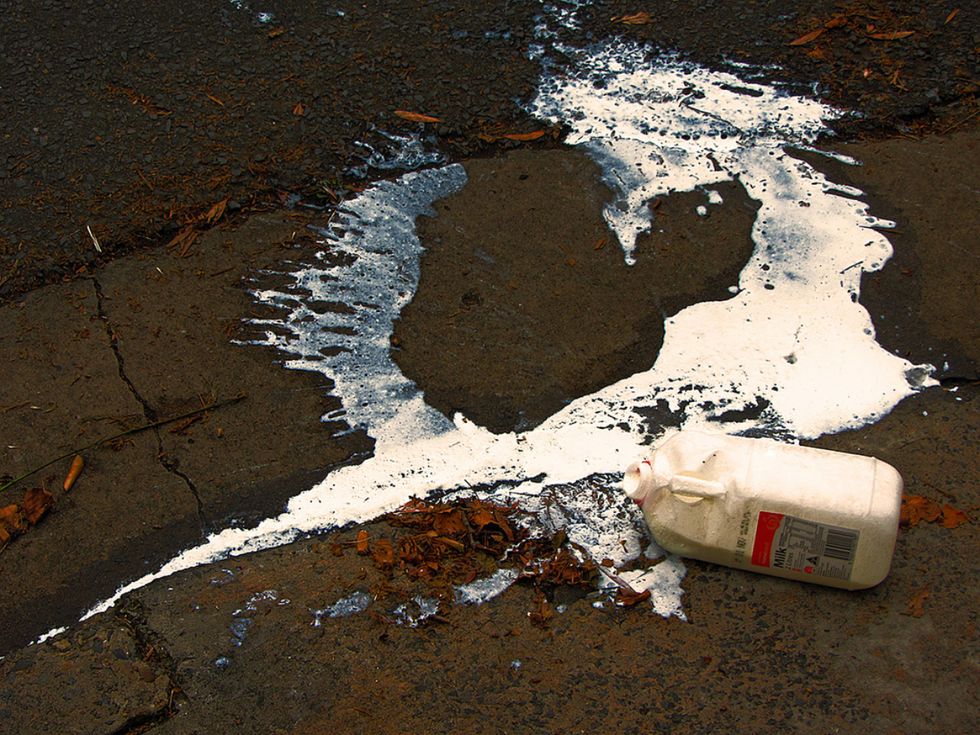“Hey, how are you?” a friend asked as we saw each other in the hall.
“Good! How about you?” I responded automatically, and we smiled and moved past each other. As I continued walking, I thought about her question. How are you?
The truthful answer to her question was that I was sad about losing a friendship. But I didn’t want to spread my bad mood, and I felt almost guilty for feeling sad when I really had so much to be thankful for. Besides, what good would sadness do? “No use crying over spilled milk,” as the adage goes.
Thinking about sadness brought to mind Lamentations, an ancient book of poetry written sometime around 500 B.C. The speaker mourns and grieves over the destruction of Jerusalem. It interested me that this poetry, full of such deep sadness, was included in the Bible. A book that elsewhere speaks of “inexpressible and glorious joy.”
How can sadness relate with that kind of joy?
The answer came, believe it or not, from Pixar. I watched Pixar’s animated film "Inside Out"and saw how the character, Joy’s, opinion of sadness changes. At the beginning of the movie, she thinks, like I did, that sadness is unhelpful and should be avoided.
Throughout the story, however, she watches how moments of sadness allow people to process and move forward.
And, when they are vulnerable with others, it allows them to experience love and care from other people.
Until the characters are able to be sad, the joy is not possible. It turns out there is quite a bit of use crying over spilled milk.
Since learning this, I am working to become comfortable with sadness. I don’t mean indefinitely moping. At some point, we do have to pick ourselves up and choose to have hope. But all humans encounter the brokenness of the world and sadness is an appropriate response.
And, though I still don’t fully understand how, I know that sadness can be a part of joy.






 The minimum wage is not a living wage.
StableDiffusion
The minimum wage is not a living wage.
StableDiffusion
 influential nations
StableDiffusion
influential nations
StableDiffusion












